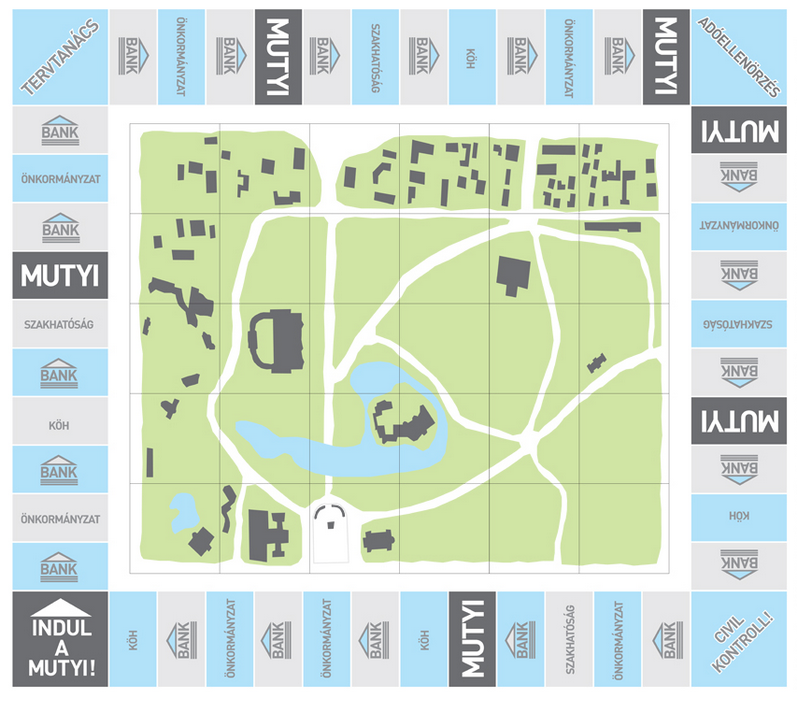The https://english.atlatszo.hu use cookies to track and profile customers such as action tags and pixel tracking on our website to assist our marketing. On our website we use technical, analytical, marketing and preference cookies. These are necessary for our site to work properly and to give us inforamation about how our site is used. See Cookies Policy
New museum district set to take over historical park in central Budapest
The political leadership in the Hungarian capital has launched an expansive project to create a museum district in central Budapest. The project is controversial because the location is central Budapest’s largest public park and community space, much of which will be destroyed. It is a much-needed green area in a part of the city that is otherwise over-run with traffic.
The project would relocate several museums to the Városliget (City Park), a park area that is currently used for recreational purposes by thousands of Budapest residents and school children, who go there for the fresh air, for sports, or to visit the handful of cultural facilities that operate in the area. The park’s location currently accommodates several landmark sites of Budapest, including Heroes’ Square, the iconic Szechenyi thermal baths, the Museum of Fine Arts, the Transport Museum, Vajdahunyad Castle, the Circus, the Zoo, and the prestigious Gundel restaurant, meaning that it is already a popular place for tourists looking for culture as well as relaxation.

An approved plan involves extensive construction work in the park area, including several new museum buildings which the Budapest municipal government asserts will establish a unique cultural district to attracts tourists. Experts asked by atlatszo.hu say these expectations are foolish, especially given the extensive museum facilities in Budapest already, not to mention the fact that the building works will cause irreparable damage to the local flora.
The Városliget, which was established as the first public park in Budapest and one of the first in the world, is set to undergo the construction work without a clear regulatory framework for preservation of the surroundings or any specific guidelines for construction. An open design tender for the area ended on May 31, without any notable public consultations on the matter, one of the reasons for the objections.
Experts told atlatszo.hu of their concerns that the rules of the eventual implementation will be chiseled so they accommodate the designs and not the other way around. Government commissioners László Baán said that this is actually a good thing, since it gives the project flexibility. However, he also confirmed that the park overhaul isn’t supported by any detailed impact studies or any budget estimates for the restoration works. Even though there is no clear financial framework, he put the cleanup costs in the billions of forints (millions of euro).
Environmentalists are concerned that the construction works will necessitate cutting down valuable trees, and although the parameters of the venture dictate that green areas will be retained, this will mostly be the grassy area covering newly built underground garages, and as such the trees and associated flora and wildlife will be lost.
Overall, the project has attracted extensive criticism as a prestige project which is unnecessary, badly planned, and expensive: it will not have the desired effect in terms of tourist footfall, it will be extremely costly, and it will destroy a major part of the natural green space that still exists in a central part of Budapest.
Read the original article here in Hungarian.

